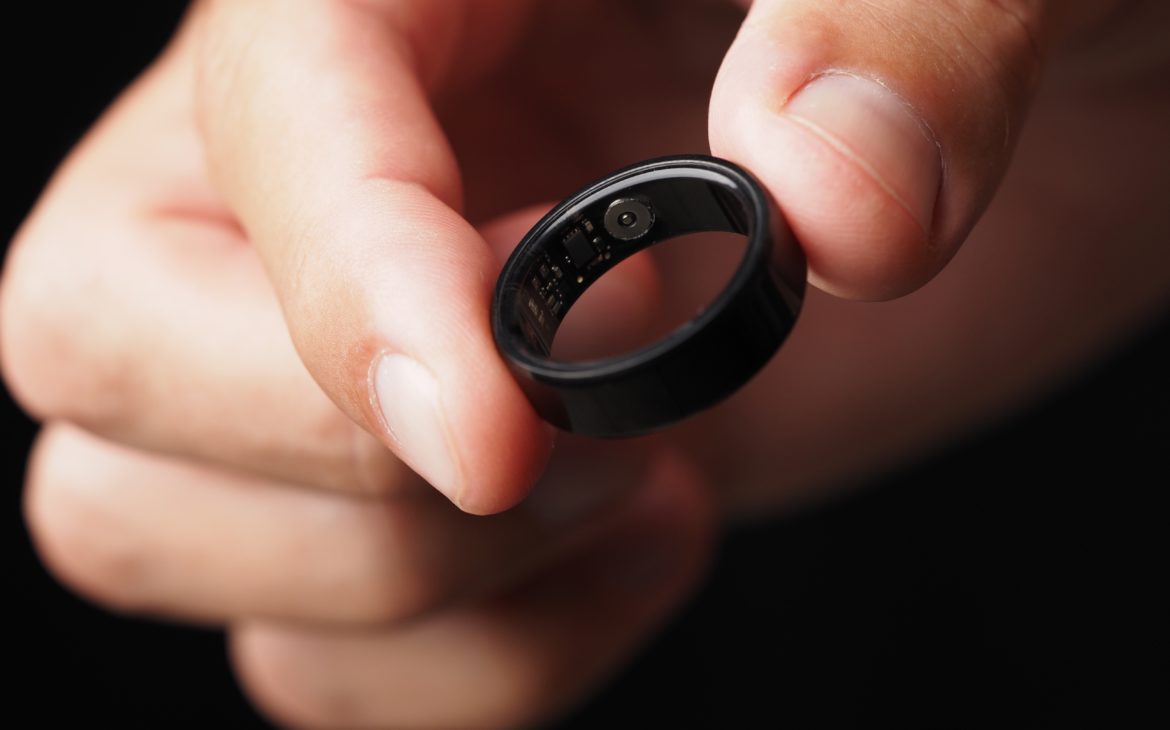Behind this surprisingly simple idea is a team that has spent years searching for a way to make smart electronics truly adaptable to the human body and irregular surfaces. They found the solution in thermoplastic sheets that shrink evenly when exposed to heat. When conductive liquid-metal patterns are printed onto them beforehand, the sheet can “compress” into a three-dimensional shape while the electronics remain functional and firmly bonded to the surface.
Although it may sound like a children’s trick, serious engineering lies beneath it. The researchers had to modify the liquid metal, an alloy of gallium and indium, because in its raw form it does not adhere well enough to plastic. By combining ultrasonic processing with special surface treatments, they managed to create a material that is conductive, flexible and durable enough to withstand shrinking without cracking. This resulted in electronic components that literally change shape while maintaining a stable connection to Wi-Fi networks.
To demonstrate what the technology can do, the scientists created several prototypes, from antennas that adapt to curved surfaces to a small smart ring capable of recognizing hand movements and transmitting them wirelessly. In the future, similar technologies could enable smart clothing, medical sensors for continuous health monitoring or household devices that can be easily “upgraded” with flexible electronics without the need for new hardware.
While other methods of producing wearable technologies often rely on expensive equipment and complex design, this approach emphasizes accessibility. The materials are inexpensive, the process is scalable and the final products can be customized to almost any shape. It is precisely this combination of simplicity and sophisticated functionality that makes the method potentially revolutionary.
Ultimately, the researchers believe that solutions like this could bring smart devices closer to users than ever before. If the technology continues to develop at this pace, the boundary between electronics and everyday objects could become nearly invisible, paving the way for more natural, intuitive and accessible smart solutions.
